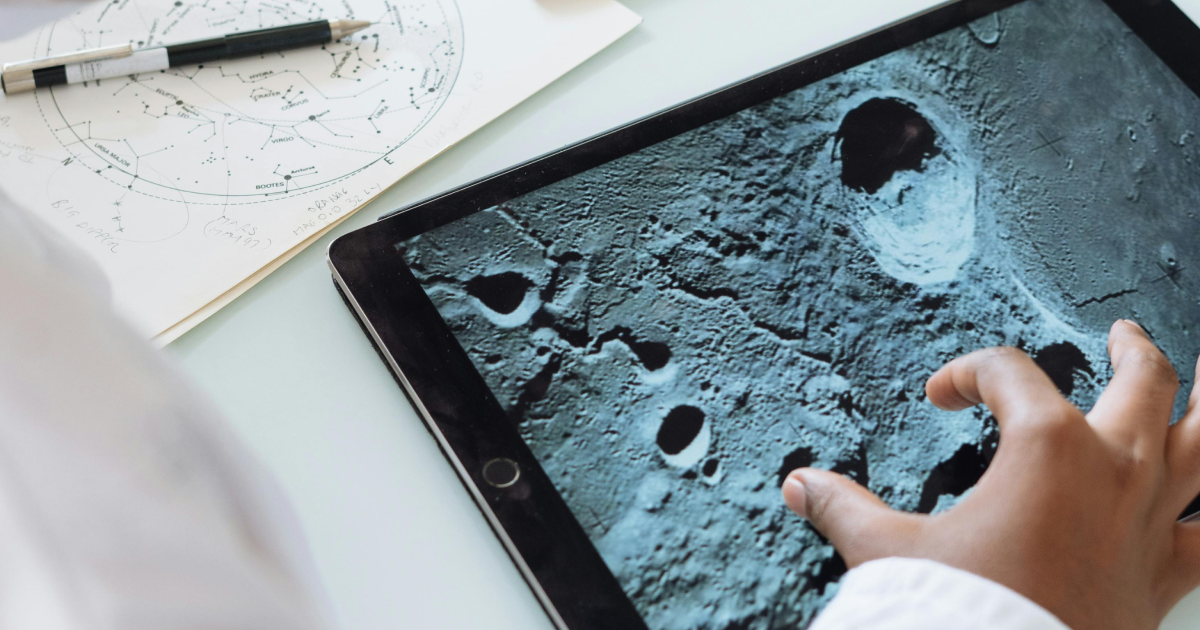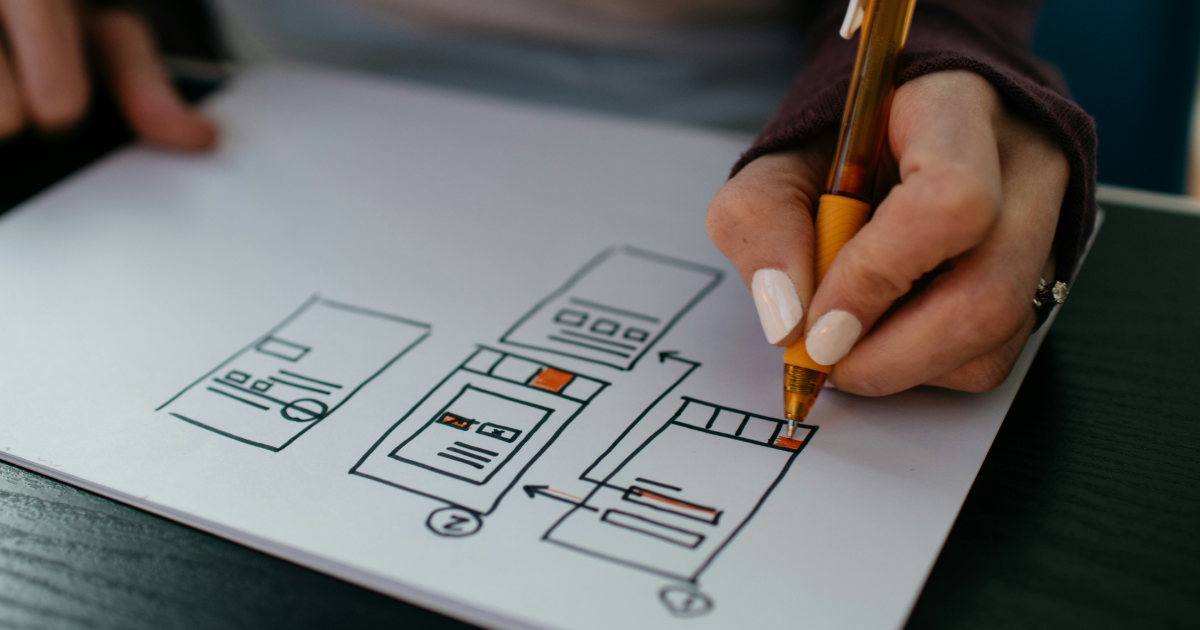
Top 5 UX design mistakes to avoid in app design
Mar 20
4 min read
It’s estimated that every dollar spent on optimizing user experience (UX) returns an average of $100 on the investment.
That ROI might surprise some, but anyone with experience creating digital products is unlikely to dispute it. From the moment a user opens your mobile app, web application, or platform, their experience interacting with the product will determine whether or not they complete, and repeat, the journey you’ve designed for them – and completing that journey is essential for both your users and your product to succeed. If the experience is slow, confusing, or unhelpful, there’s a good chance users won’t come back.
UX design is a complex discipline, combining multisensory design principles, behavioral psychology, accessibility awareness, and more. But its goal is simple: build a product users can (and want to) use to achieve their goals. It has as much to do with what doesn’t happen as with what does. If it works, your user doesn’t notice it. If it doesn’t work, users won’t stick around.
In short, UX design can make or break your product. Here are some of the most common pitfalls to avoid when designing your user experience.
1. Ignoring the User
It should go without saying, but the “user” is really the most important part of the “user experience” design.
It’s possible to get obsessed with trends, rules, and heuristics, without actually thinking about the people who will be using the solution you want to create.
Exhaust every avenue you have for gathering user input – early and often. A good UX designer will conduct research on potential users’ behavioral preferences before designing, after building a prototype, and after making the finished product.
2. Too Many Features
Less is more, especially when it comes to design. This is especially true for mobile apps. Screen space is limited, and users expect a focused experience that gets them to their goal as quickly as possible.
When selecting features to include in your MVP (or even product augmentations down the line), look to your unique selling proposition as a guide. If a proposed feature doesn’t align with the specific problem your product is trying to solve, in a user-friendly way, it will detract from the user experience.

3. Designing for One Type of Device
Smartphones have been the most popular tool for connecting to the internet since 2016. Some businesses saw this shift as a signal to limit their design concerns to mobile. Other organizations were slow to recognize mobile’s ascendance, continuing to design their UX for desktop only.
Both of these approaches leave out wide swathes of potential users. While mobile dominates traffic on average, and there are many apps that are most useful in a mobile environment, desktop use is still extremely common, particularly in certain user groups and settings (e.g., office environments). Often forgotten in UX design are tablets, which dominate other specific use cases and environments (e.g. classrooms). Make sure your website or app renders professionally for every device it might load on, and give special attention to the devices preferred by your target users.
4. Slow Loading Time
Speed is critical to utility for most web and mobile apps, so digital products need to be designed and developed to facilitate it if they want to succeed. Slow load times can end a user journey before it starts. Speed has major impacts on not only your user experience, but also (for web apps) on the search rankings that determine how likely a user is to find your solution.
In most cases, performance speed isn’t a deliberate design choice. Rather, it is an effect of the design choices you make. Simplify the functions of each screen, and make sure to build your product on tech infrastructure powerful enough to support the tasks the product performs, for the amount of users who will be using it.
5. Reinventing the Wheel
There are many aspects of the human-computer interaction experience that have changed little over time, and some of them for good reason. Some user interface and information architecture norms have been around for a long time, both because they are good ideas, and because people have come to expect them. For example, users generally look to some sort of top navigation to access certain essential information or features, and that’s an expectation that’s been around for over 20 years. A wildly different navigation placement won’t be intuitive, so it should be avoided in most cases. Similarly, users will expect that text in a shape that looks like a button will be clickable. Subverting this expectation can make users feel frustrated, stuck, or misled.
This is not to say that you should never be bold or creative. The key is to be aware of when you are departing from a well established UX/UI pattern, and to do so only if it better supports your user journey (and, if necessary, educate users so they don’t get disorientated).

UX Design with Twenty Ideas
We believe that successful digital products are rooted in a thoughtful and deliberate user experience and an intuitive user interface. Our design services are comprehensive, starting with user research, implementing wireframes and prototypes, and finally performing usability testing to ensure that the design is sufficient.
Do you have an idea for a new mobile application or website? We’d love to talk about your project!
Steve Ransom
In an organization renowned for astute insights, Senior Product Manager Steve Ransom specializes in unconventional ideas and lobs them from way outside the box in deep left field. He’s an annoyingly persistent advocate for continuous discovery, rapid prototyping, and frequent customer interviews. A Certified Scrummaster, his specialties include outcome and product curation, creative direction, writing, editing, marketing, publishing, and data analysis.
by this author





